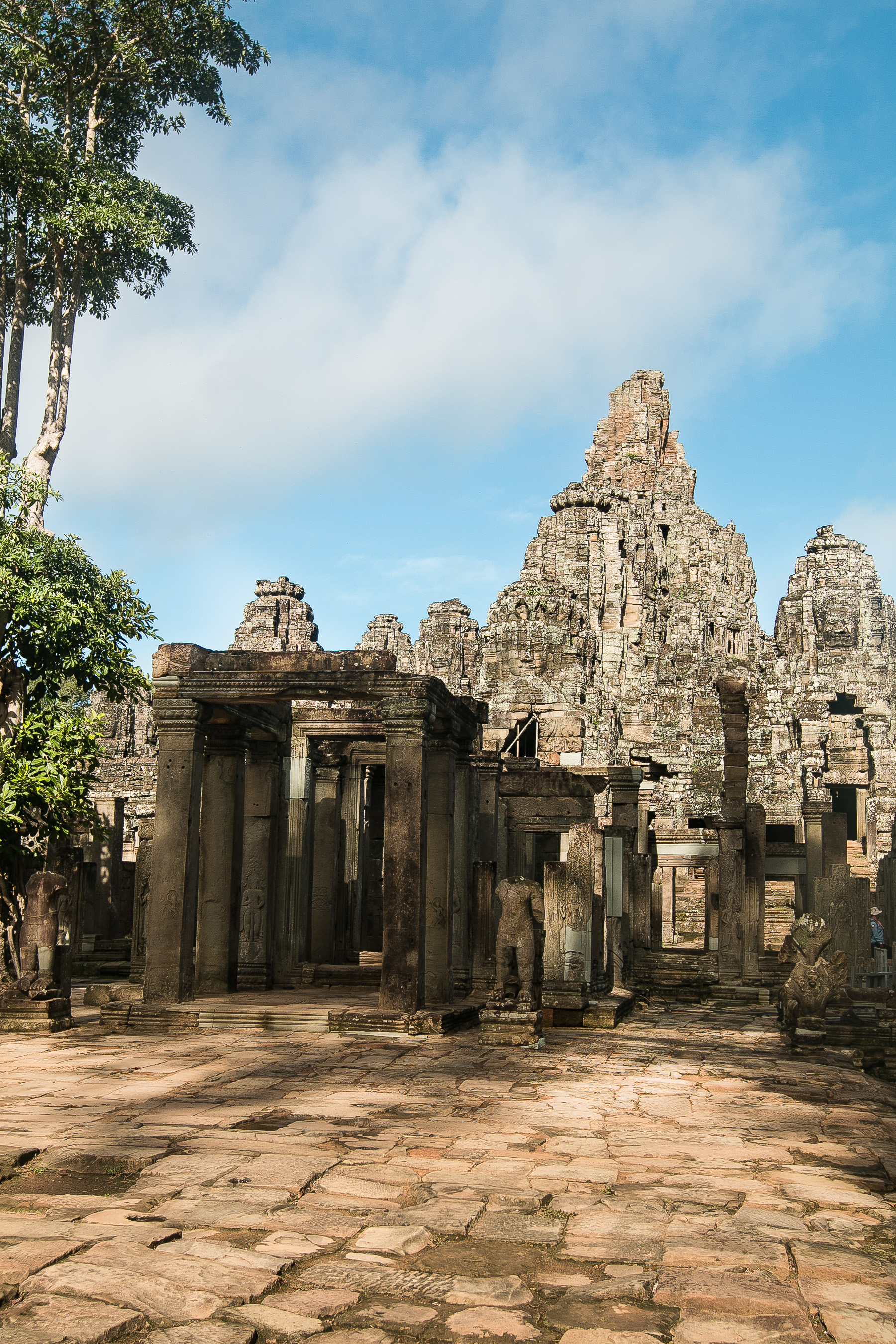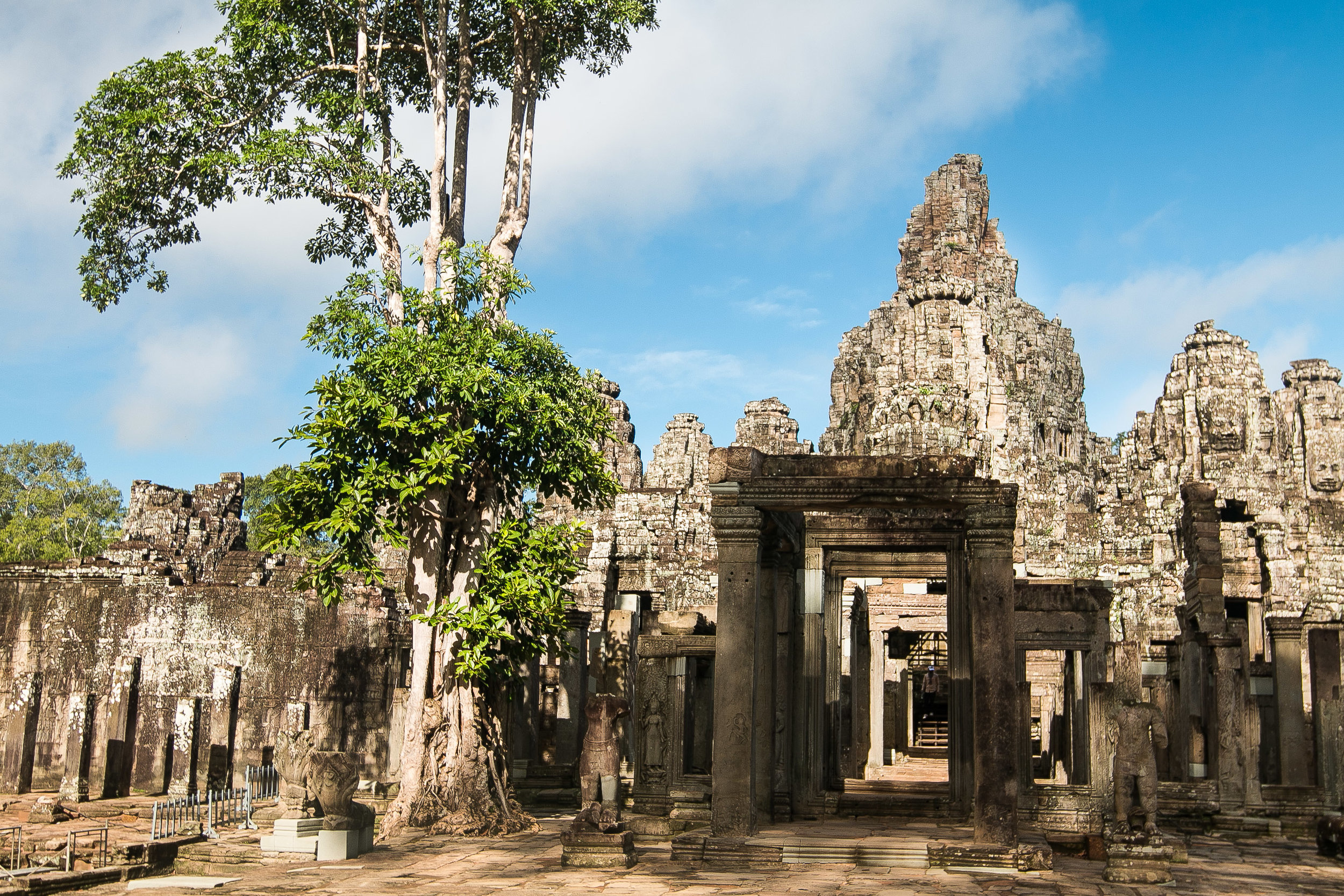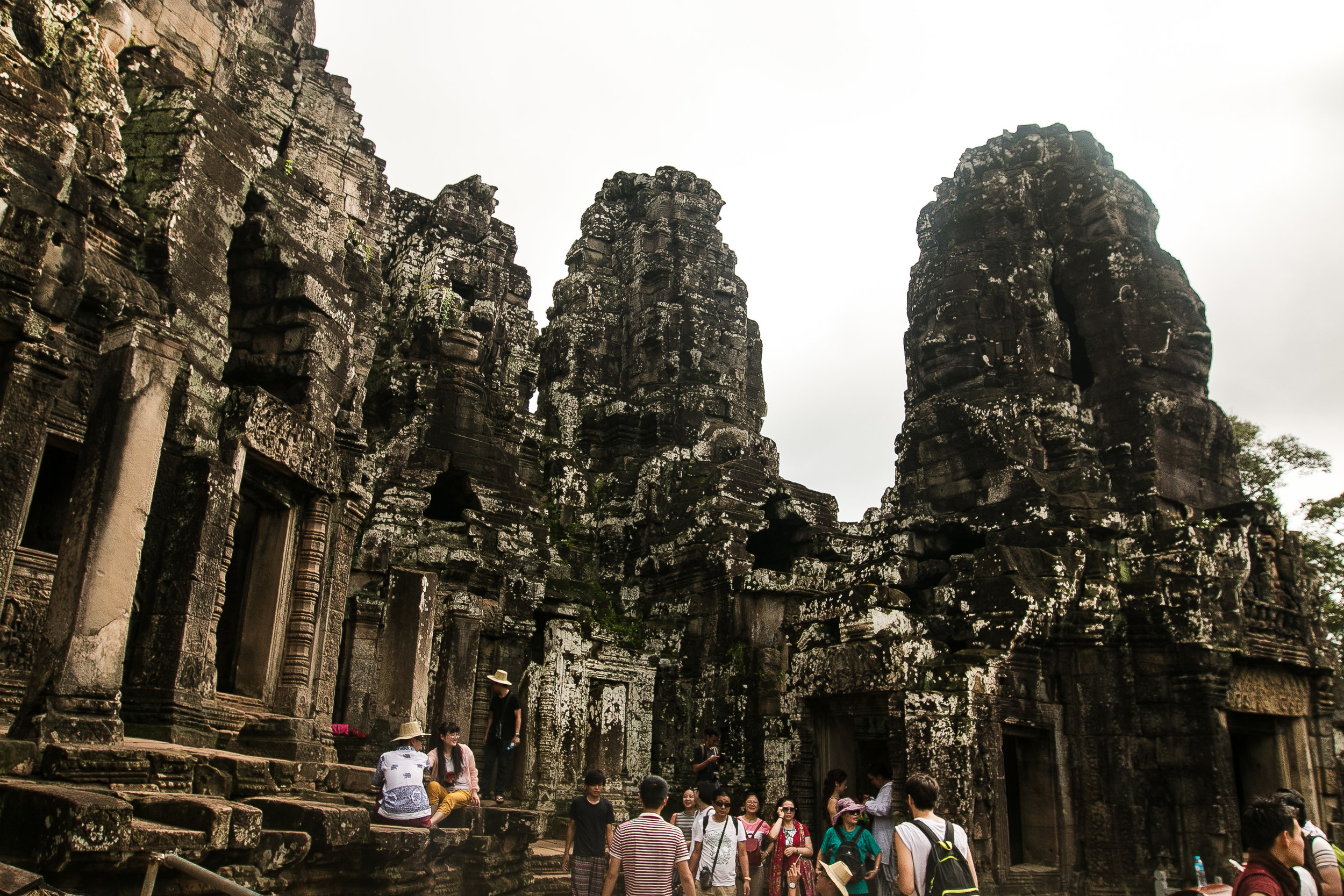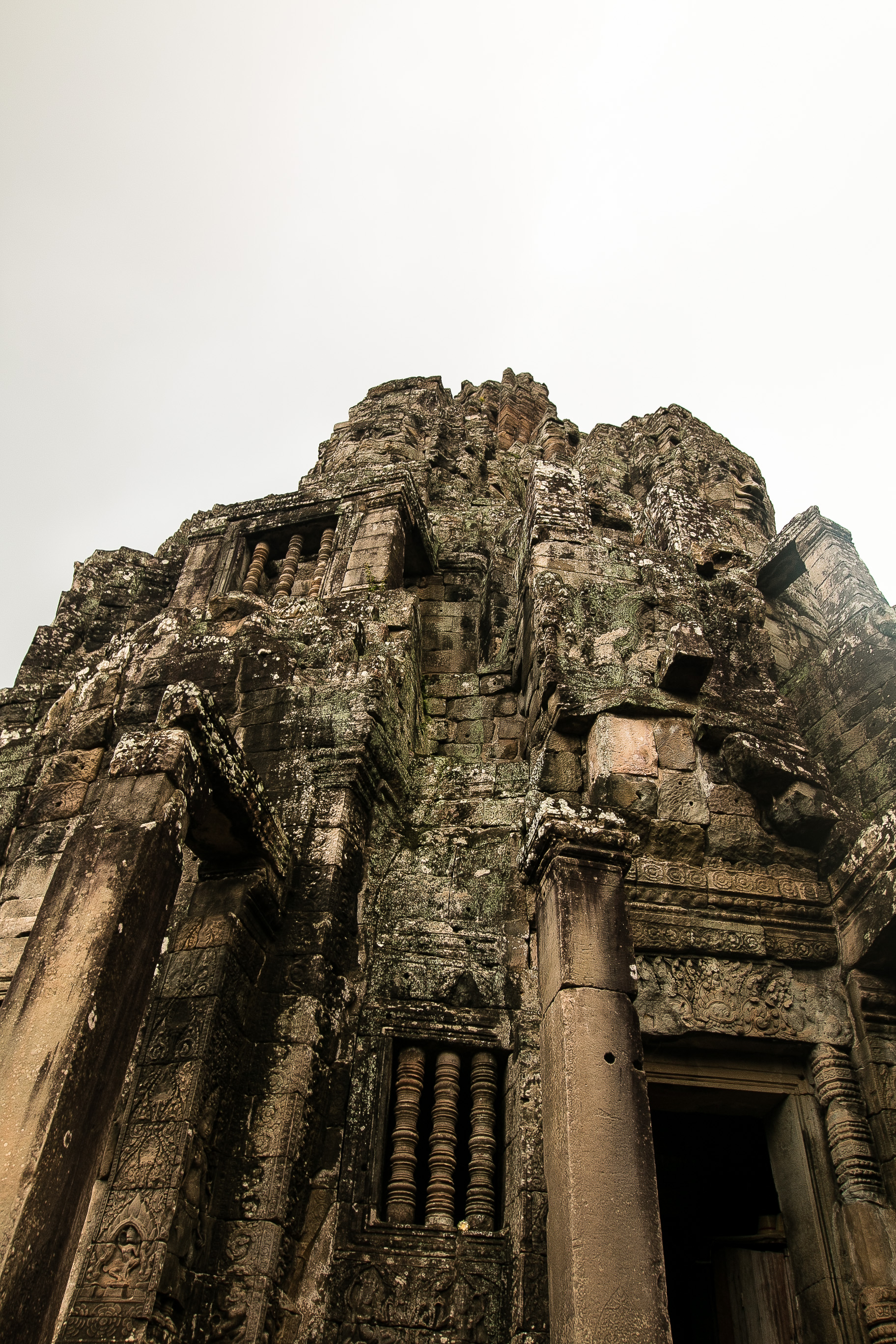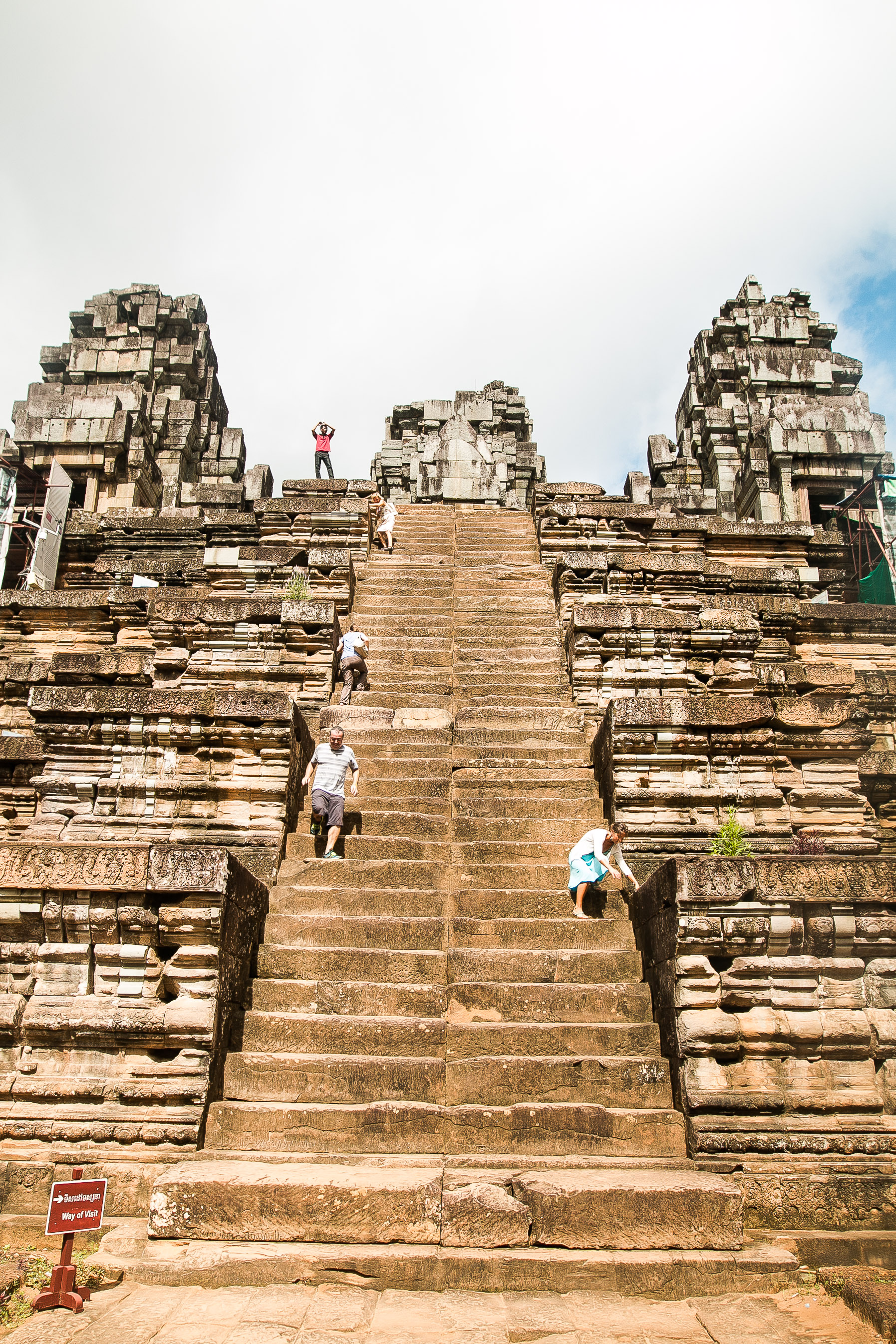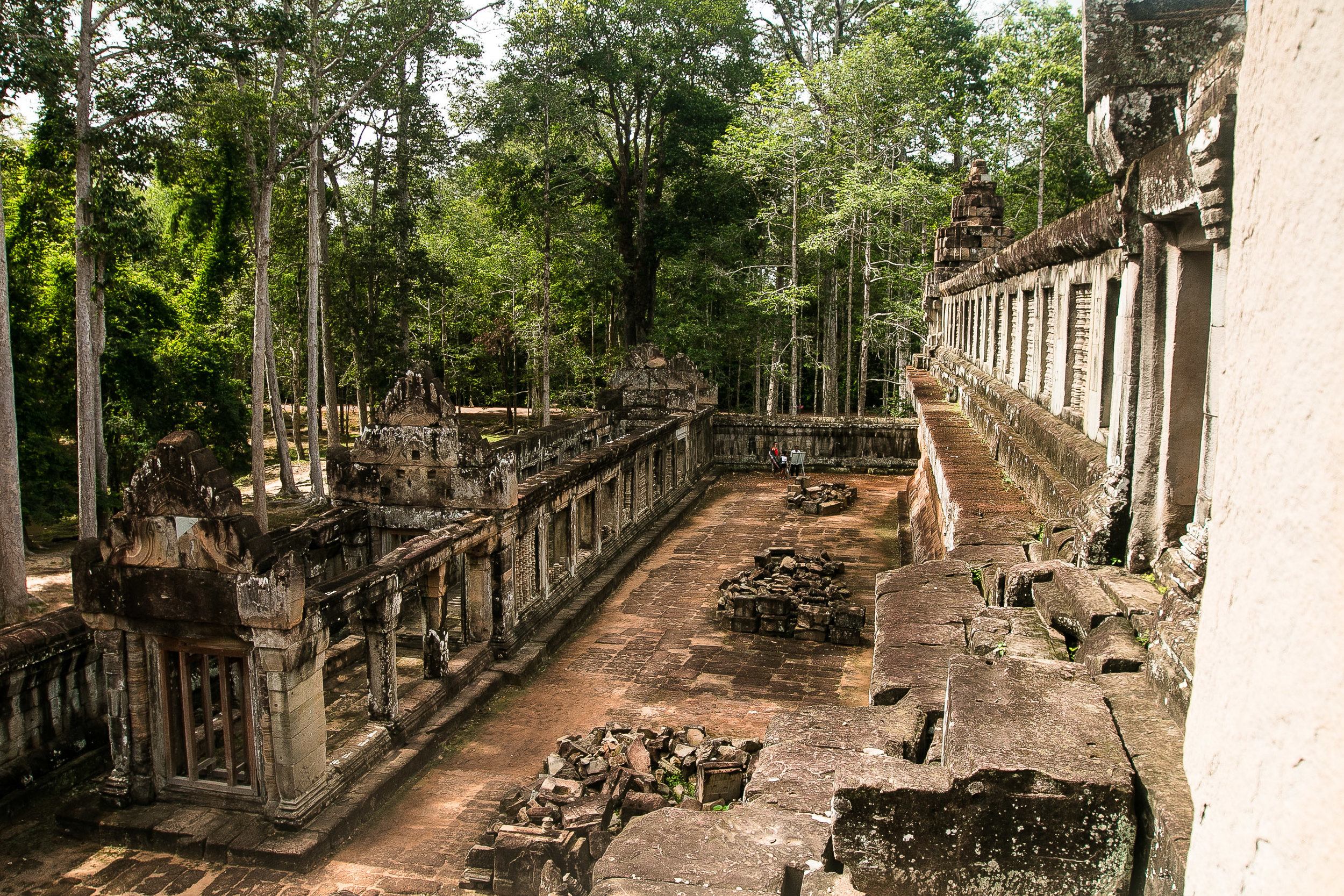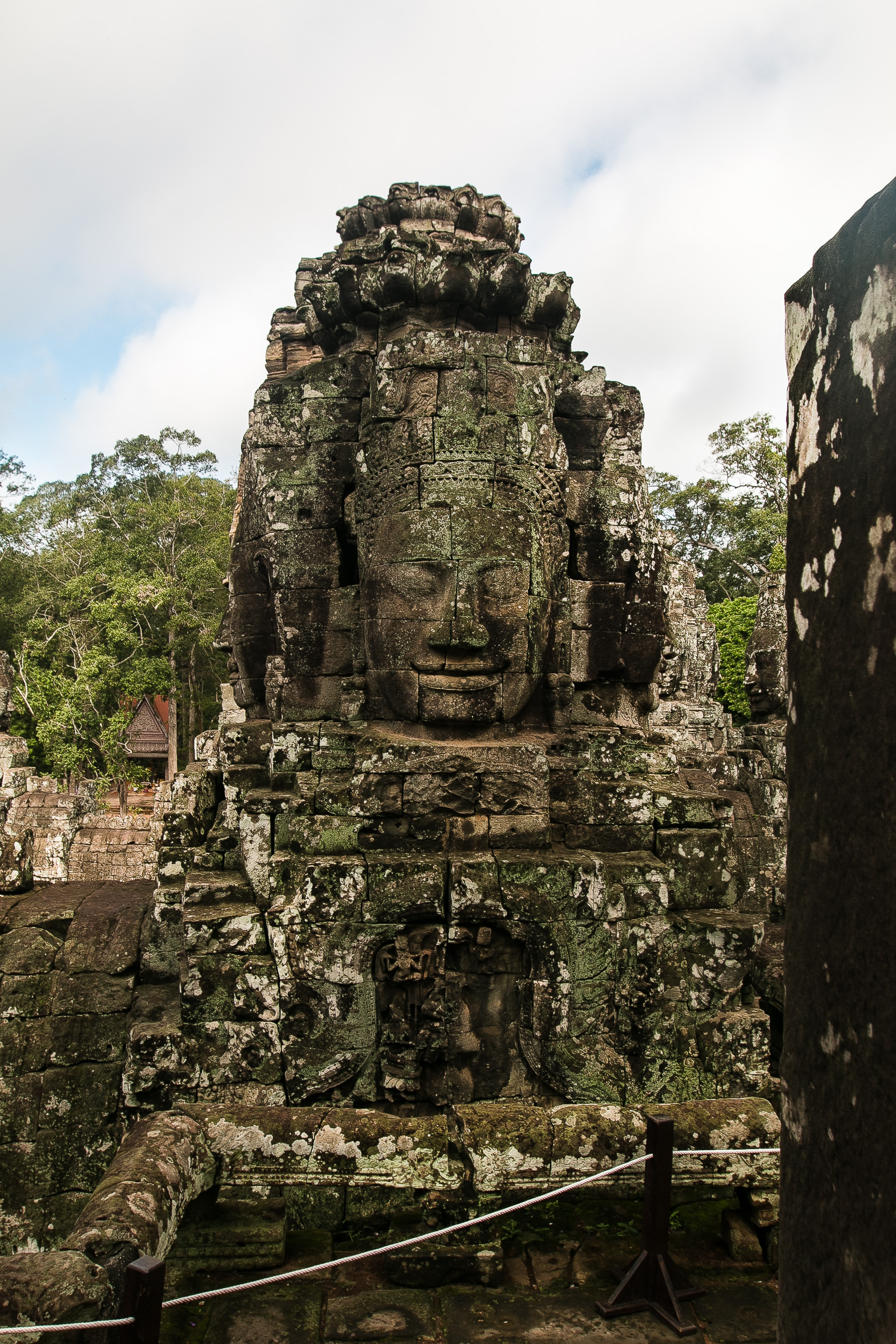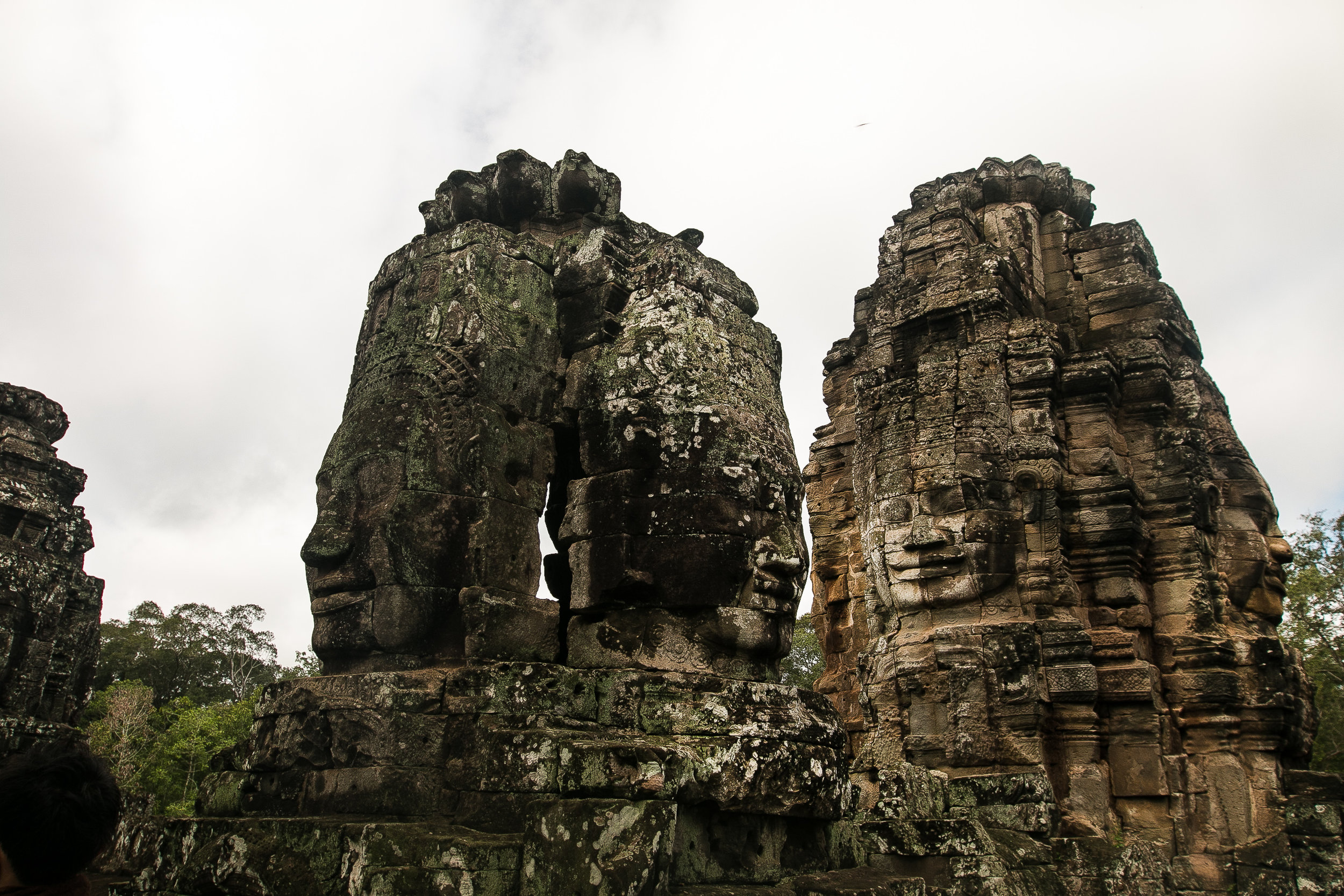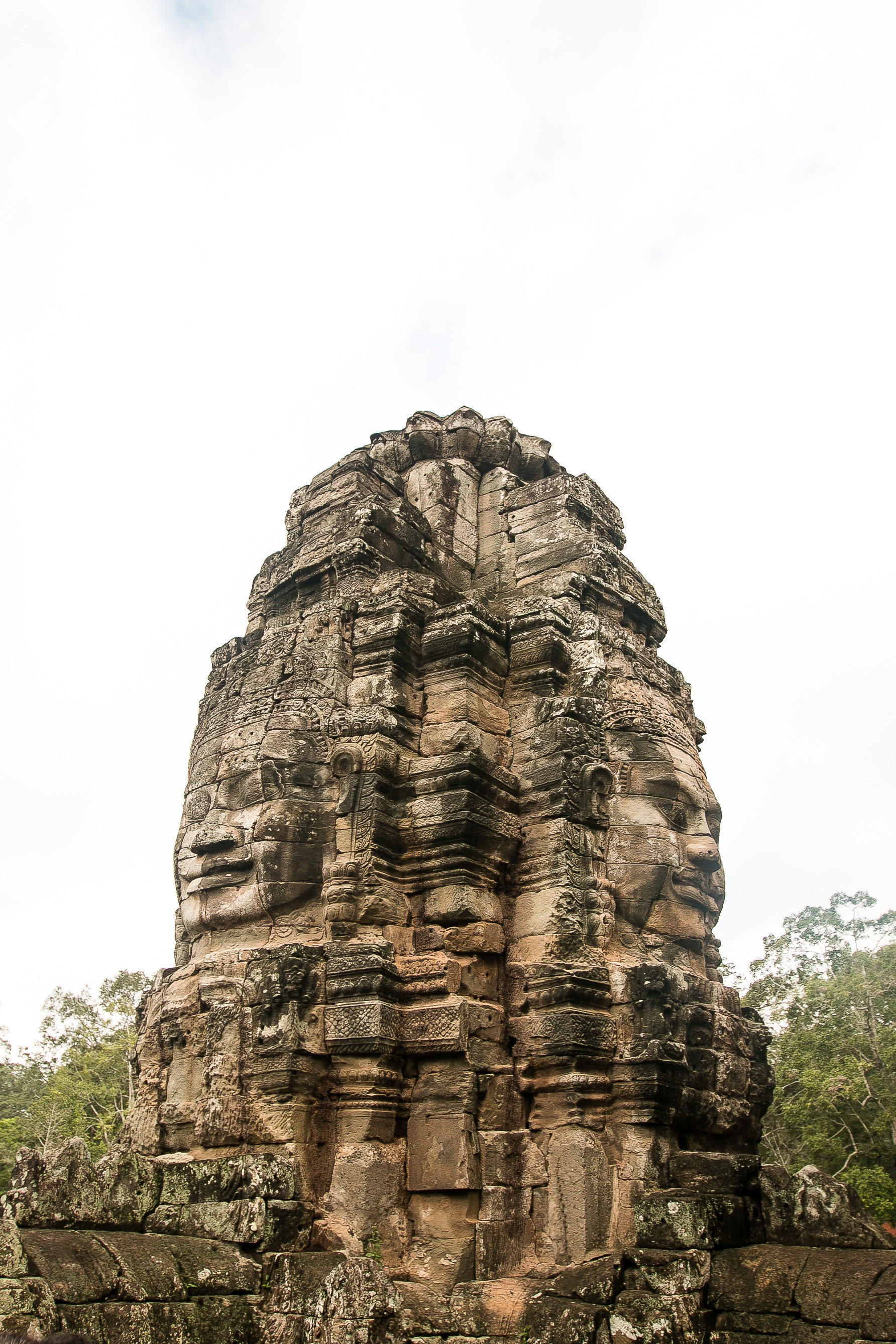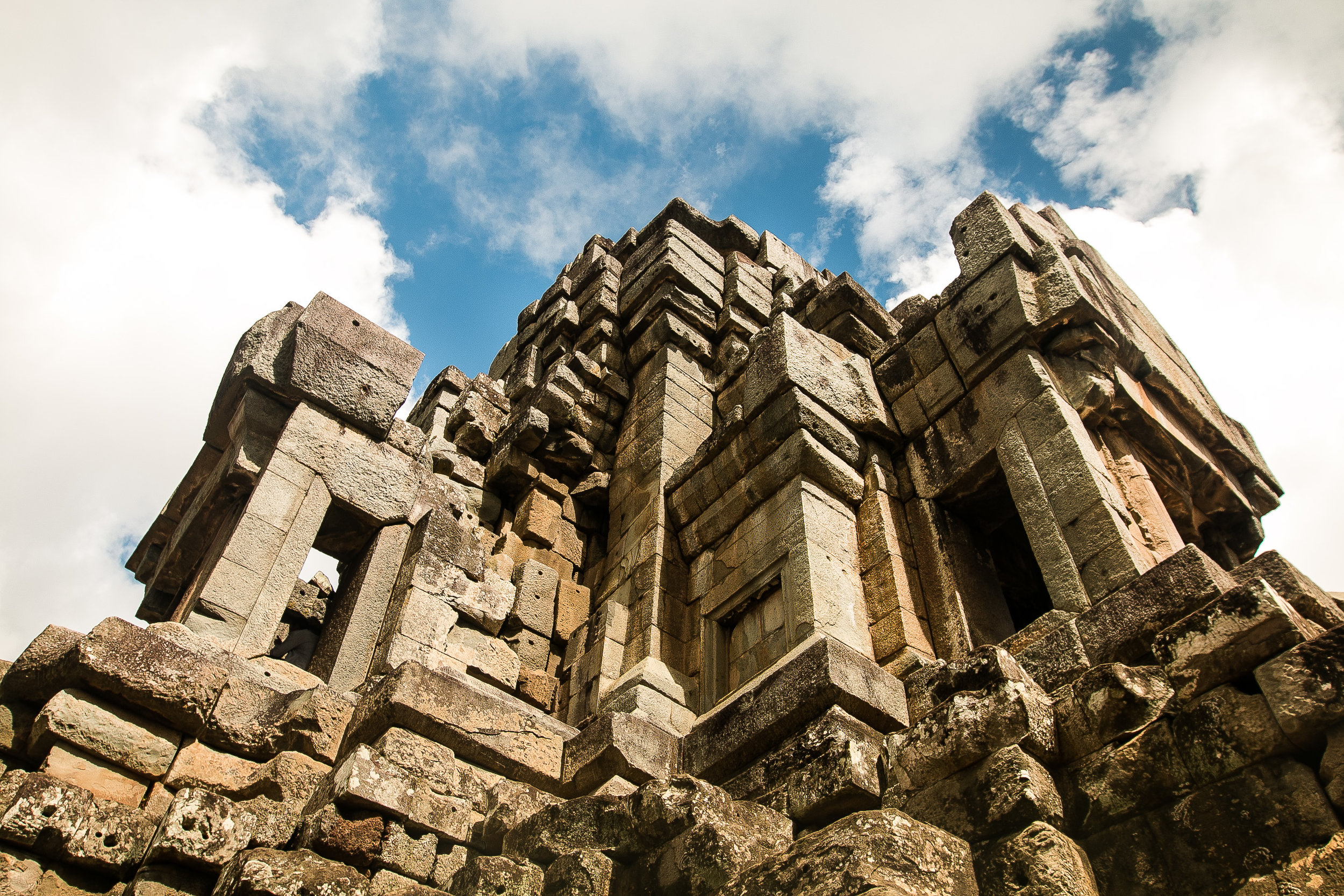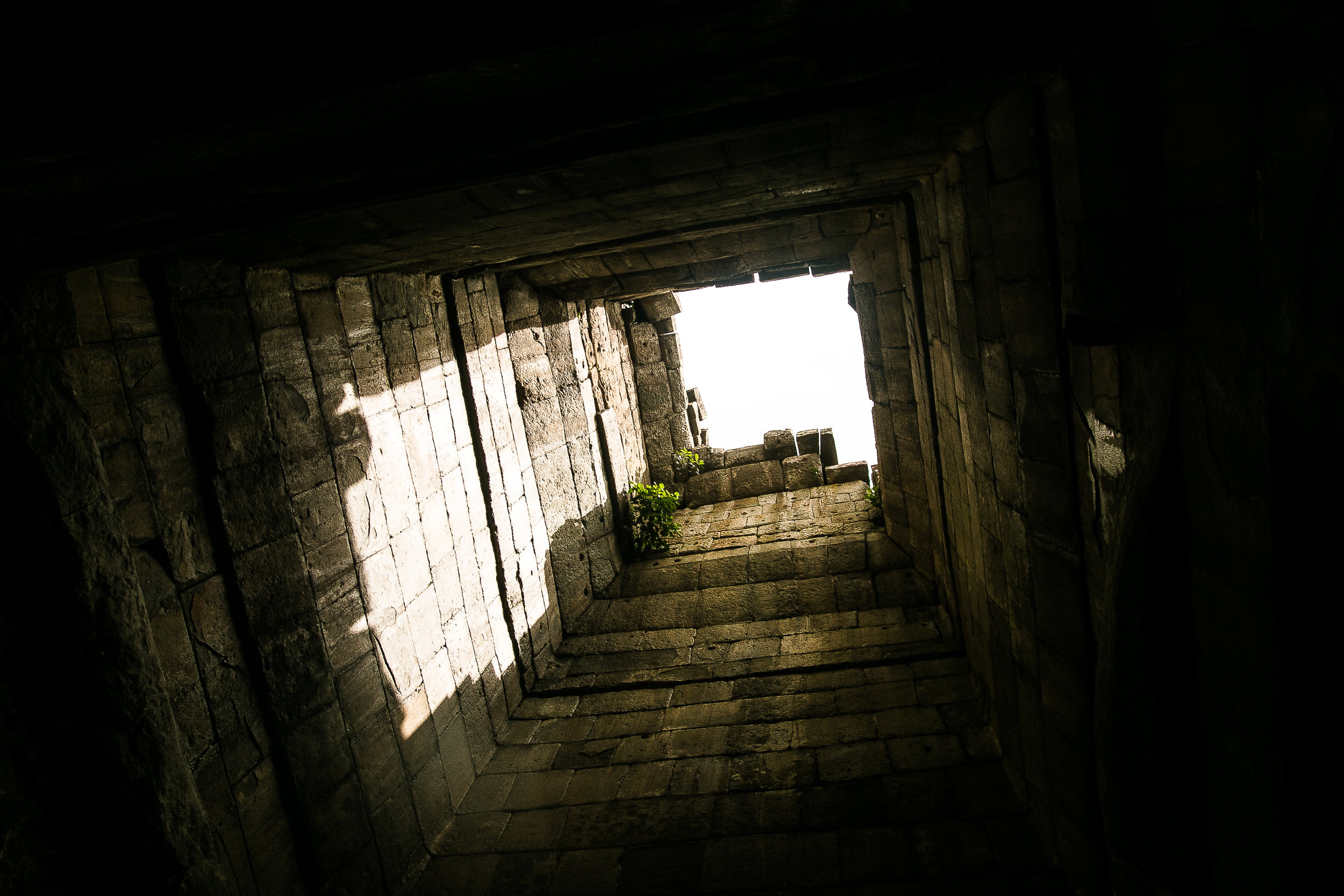"The Great City" of Angkor Thom, Cambodia.
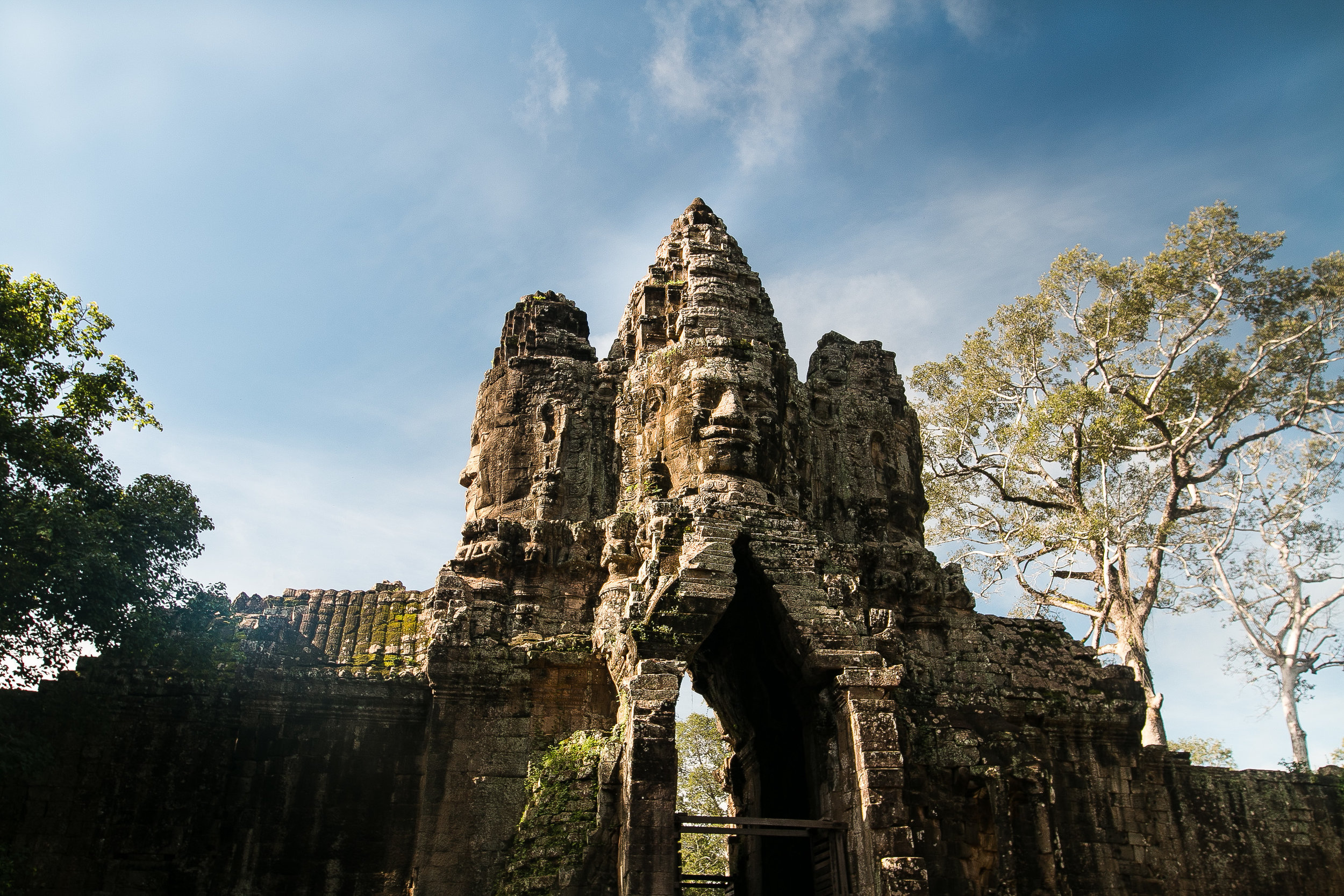
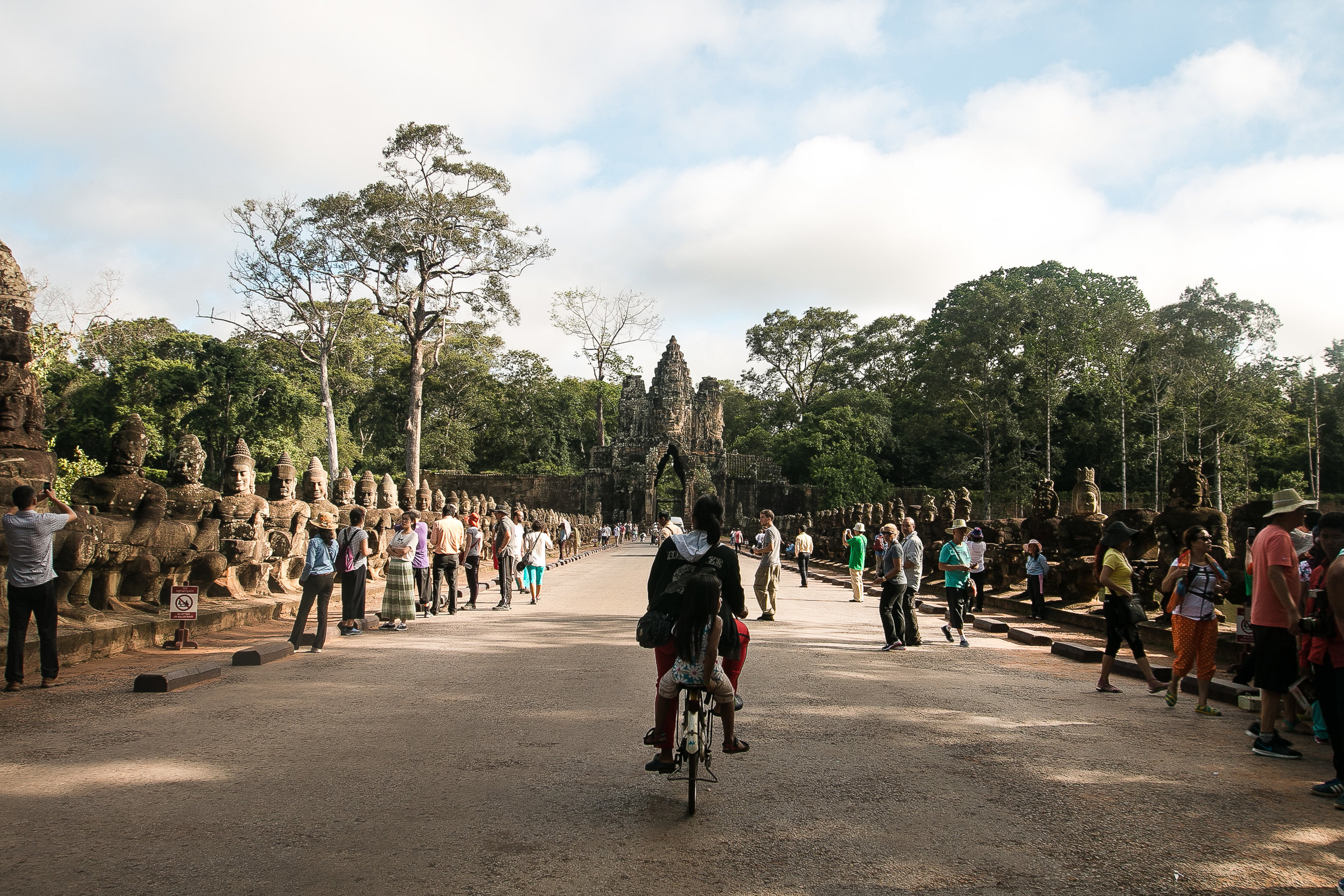
Serving as the capital city of Cambodia during the reign of King Jayavarman VII in the twelfth century, the site also served as the main centre of Jayavarman's massive building programme. Fortified by a 3km moat on each side, the total area of this "Great City" spans approximately 900 hectares. During its heyday, it is believed that Angkor Thom had supported a population of up to 80,000-150,000 citizens.
When translated more contemporarily, the name Angkor Thom means "Great City"; which is quite fitting, given the myriad of temples and monumnets present at the site. From Bayon Temple, to the South Gate, to the Terrace Of Elephants, there is much to see and explore at this location.
Interestingly enough, Angkor Thom gained its first acclaim when a Western traveller had stumbled across the site and described it as, "an uninhabited city which seemed to be as fantastic as the Atlantis of Plato."
Notable symbology represented at the site: the axes between heaven and earth, Indra, Apsaras, and Mount Meru.


